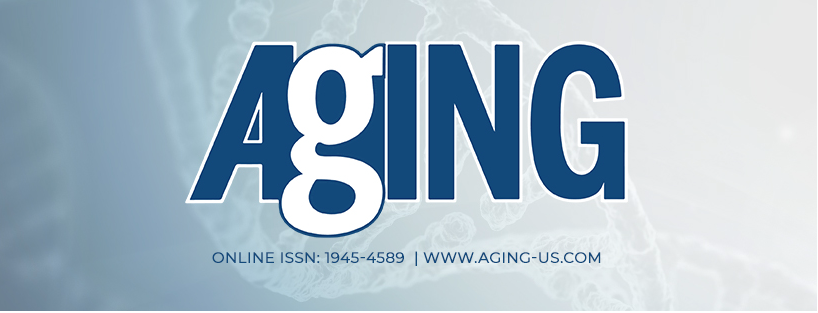The open-access journal Aging recently launched a new webpage showcasing the full Aging Scientific Integrity Process.

BUFFALO, NY-November 8, 2022 – Scientific integrity is a crucial component of scholarly publishing for any credible journal. Peer-reviewed, open-access journal Aging (listed as “Aging (Albany NY)” by Medline/PubMed and “Aging-US” by Web of Science) has recently presented its Scientific Integrity process.
Launched in 2009, Aging is an open-access biomedical journal dedicated to publishing high-quality, aging-focused research. Aging publishes papers of general interest and biological significance in all fields of aging research and age-related diseases, including cancer—and now, with a special focus on COVID-19 vulnerability as an age-dependent syndrome.
Aging has a scientific integrity process to ensure that publications meet a number of scrupulous criteria for authenticity and integrity. Each published paper is thoroughly analyzed by diligent reviewers and services, including multiple in-house developed image forensics softwares. A growing industry of digital technologies, tools and ideas are constantly being added to Aging’s scientific integrity toolbox.
Aging’s Scientific Integrity process is built upon six critical components:
- Easily Accessible Ethics Statements
- Devotion to Industry Standards for Scientific Publishing
- Rigorous and Insightful Peer Review
- Detection and Zero-Tolerance of Plagiarism
- Leading-Edge Image Forensics
- Post-Publication Investigations (if needed)
You can read about each of these components in greater detail on Aging’s new Scientific Integrity webpage.
The new webpage also depicts publishing statistics in a detailed graph (below)—showcasing a visual representation of the number of post-publication corrections and retractions by Aging compared to the industry average, between 2010 and 2022. As of September 2022, Aging’s average rate of corrections/retractions since 2009 is a low 2.33%. The industry average correction/retraction rate is 3.80%.
Aging’s highly-effective scientific integrity process allows researchers to read, share and cite Aging papers with confidence.
Click here for Aging’s full Scientific Integrity Process.
AGING (AGING-US) VIDEOS: YouTube | LabTube | Aging-US.com
—
Please visit our website at www.Aging-US.com and connect with us socially:
- SoundCloud – https://soundcloud.com/Aging-Us
- Facebook – https://www.facebook.com/AgingUS/
- Twitter – https://twitter.com/AgingJrnl
- Instagram – https://www.instagram.com/agingjrnl/
- YouTube – https://www.youtube.com/agingus
- LinkedIn – https://www.linkedin.com/company/aging/
- Reddit – https://www.reddit.com/user/AgingUS
- Pinterest – https://www.pinterest.com/AgingUS/
For media inquiries, please contact [email protected].